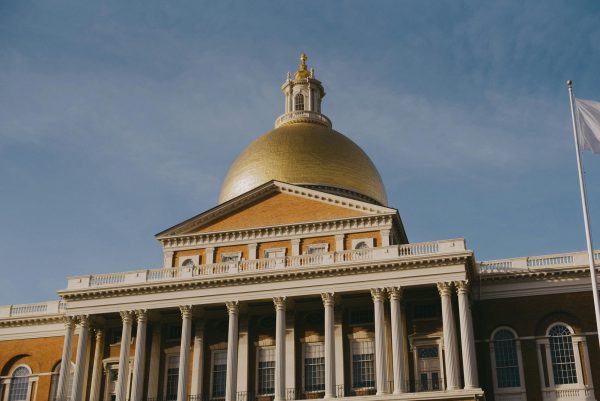The grass is greener on the inside
To escape the pandemic blues, people are turning to buying and taking care of house plants.
Beatriz Martínez-Godás’ room is a jungle. Viewed on Instagram, almost every available surface is filled with a different size and shape and shade of green. Small succulents add a lively look to the coffee table and bookshelf, while bigger plants, like Pilea and Infinity, line up the window ledge. With subtle hints of greenery here and there, her apartment appears bright and fresh.
“I literally can’t stop,” said Martínez-Godás, 24-year-old law student living in San Juan, Puerto Rico, when asked about how many house plants she has bought this past year.
Since the pandemic hit and forced many to quarantine, Americans have resorted to buying more house plants. Hours that turn into days and days that turn into weeks have led them to find creative ways to spend time inside. Adding greenery to a space can serve as a therapeutic practice in times of instability. Having plants nearby helps with productivity, reduces stress and increases well-being, according to a report from Washington State University’s Department of Horticulture and Landscape Architecture.
Katerina Fleming’s parents have always had plants. But when law school classes at the University of Puerto Rico began to convene online and she moved back home with her parents, she felt that she needed to refresh the look of her bedroom with some plants.

“I moved two of my parents’ very lush house plants to the desk in my bedroom and it definitely made a difference,” explained Fleming. “The room feels more refreshed. Even when I had COVID-19 and had to stay in bed all day, just by staring at them I would feel a bit better.”
Retail plant and gardening stores have seen increased sales during the months of the pandemic too. Even with all the COVID-19 restrictions, sales have not gone down, but up, at Plantas de Caparra in Caguas, Puerto Rico. New customers have joined the regulars in wanting to buy plants for their homes.
“We opened as soon as we could once the restrictions were first loosened at the beginning of the summer,” said co-owner María Suárez.
The store is filled with a variety of shapes and sizes of plants organized in neat rows. Ferns, infinity and plantain leafs are displayed outside whereas succulents, pothos, monsteras, alocasias, fiddle leafs, different kinds of snake plants and all the other indoor and house plants are placed inside. On an early Friday afternoon, the parking area has no open spaces left. Some workers talk to customers, while others carry plants and Bonsai with wagons from one part of the store to another. The excitement of exploring the innumerable options here, all organized in neat rows, is like a child’s first trip to Disney World: so many pretty things to see, with no idea how to begin.

“With the pandemic and everyone at home, people want privacy,” Suárez said, “so we’ve found that lots of people come here looking for big, tall trees or plants that can block their neighbors’ sight to their houses.”
Some also have house plants to beautify their spaces. Mel Mercado has found a new meaning to her plants.
“Since the pandemic, I’ve learnt to take better care of my plants. I trim the dead leaves, I water them more consistently, and sometimes I even repot plants,” she said. “I love how they make my small apartment look more comforting and homier, and how taking care of them makes me feel more relaxed.”
Whether it is remote work, furloughs or lost jobs, people are staying home with more time to spare than ever before. Add to the equation the fact that people are not able to see friends and family as easily – or at all and restlessness creeps in. That’s where house plants come in.
Alone in her plant-filled apartment, Mercado said, “They’re like friends, in a way.”











